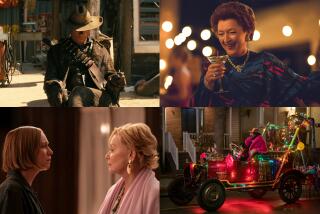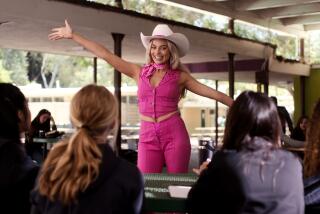Why these scenes from five best picture nominees didn’t make the cut
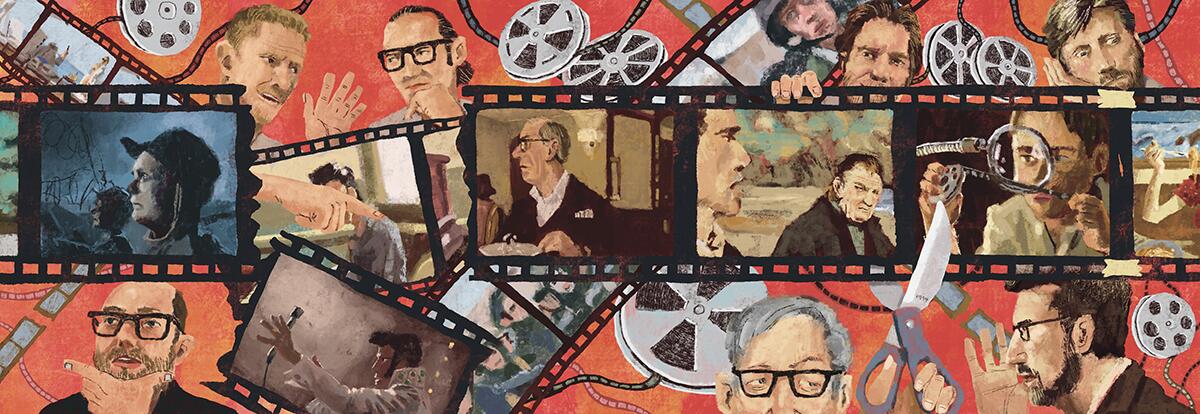
)
Editing isn’t just about piecing scenes together; it’s about deciding which pieces can stay and which ones have to go. What directors, editors and sometimes even screenwriters often discover in post-production is that no matter how much they may like a certain scene or how funny or dramatic it may be — there’s just no room for it.
“When a movie finds its running length and you see the shape of what it should be, it extrudes things it doesn’t need,” says Tony Kushner, who co-wrote “The Fabelmans” with director Steven Spielberg. “Often a scene is asking a question, and however interesting the question might be, it’s not the question the film is asking.”
Here, The Envelope spoke with five directors, editors and a screenwriter from this year’s Oscar-nominated best picture entries to find out what extruded onto the cutting room floor — and why.

‘Triangle of Sadness’
Ruben Östlund, writer-director
The set-up: Models Carl and Yaya are passengers on a luxury yacht full of wealthy elite that’s doomed to run aground.
Missing moment: Carl presents Yaya with an engagement ring, but Yaya — who’s been clear she’s only with him to get followers on social media, quibbles about the ring’s value.
Why cut it? “Making a film that is almost two and a half hours long, you’re dealing with the dynamics and the energy of the audience,” says Östlund. “The audience in test screenings told me it had to go. When I do test screenings, I never ask any questions; I sit with the audience and feel the dynamics of the room. You can tell immediately when they lose their concentration. You can tell from the result of the energy in the room that it had to go. I love that scene, but I had to kill some of my darlings.”
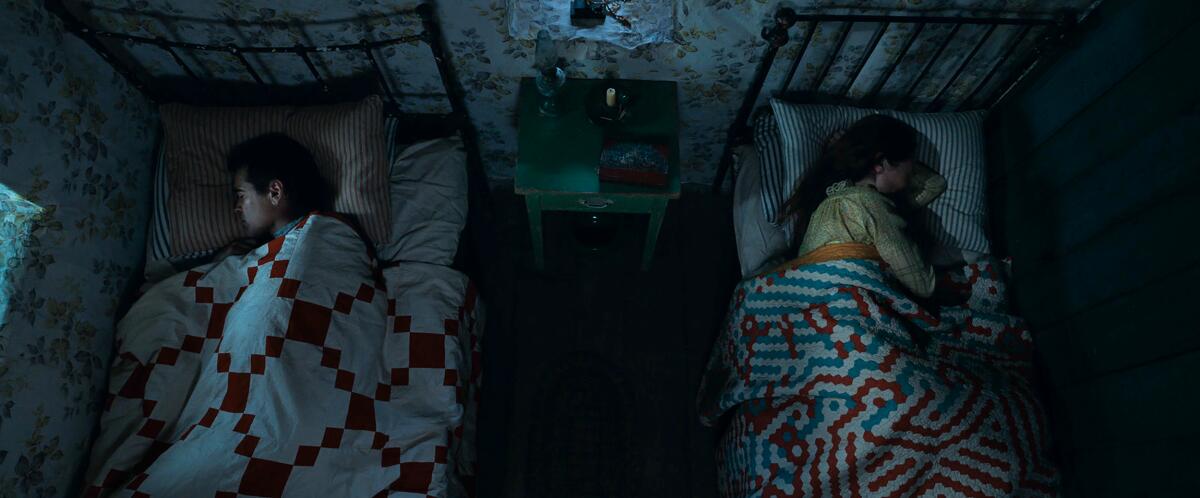
‘The Banshees of Inisherin’
Mikkel E.G. Nielsen, editor
The set-up: Siblings on an Irish island still live in the small cottage they grew up in, sharing their childhood bedroom. Pádraic is content; Siobhán longs for more.
Missing moment: Siobhán’s weeping in bed disturbs Pádraic, who asks her to stop it because it’s keeping him awake. When he wakes again, he asks if she can at least weep a little bit quieter.
Why cut it? Portions of that scene remain in the film, but that particular dialogue had to go, says Nielsen. “It’s funny and awkward and relatable, but it didn’t do any good for the characters that wasn’t there already. There was a seriousness and a tone in that section that we felt would be better without it. I really enjoyed the scene, and it was a laughable moment — but not one you needed.”
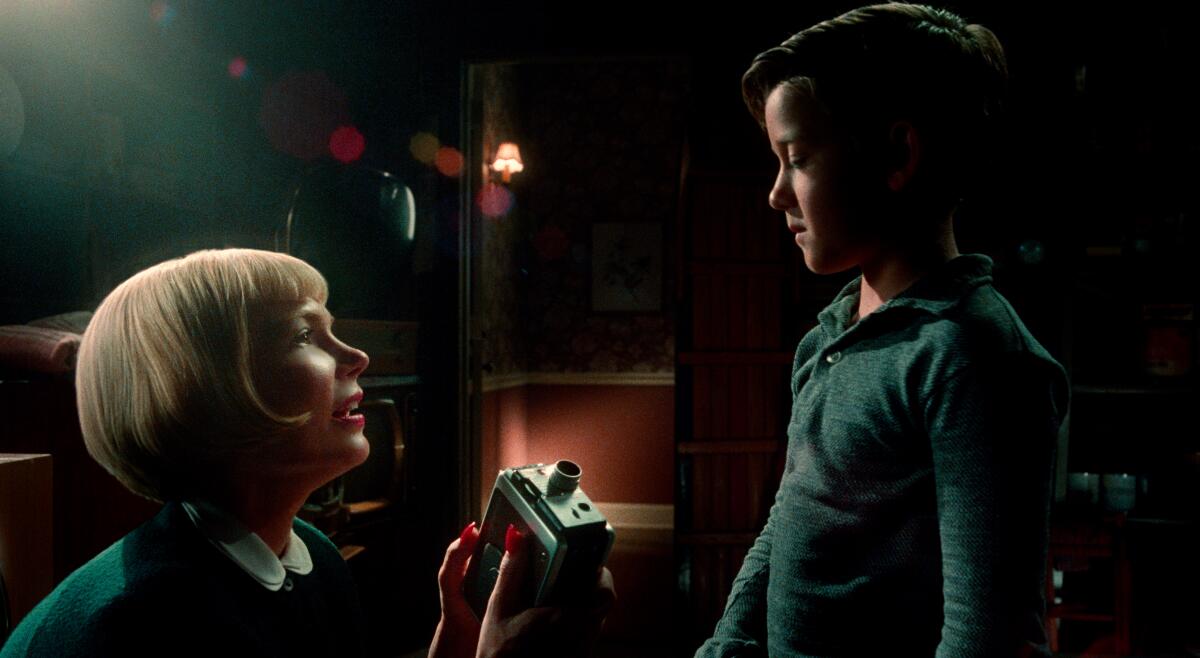
‘The Fabelmans’
Tony Kushner, co-screenwriter (with Steven Spielberg)
The set-up: Based on director Spielberg’s childhood and the awakening of his love for filmmaking.
Missing moment: After young Sammy makes a home movie about Christmas, there’s a family conference about his anxiety. His grandmothers argue over whether he sees ghosts, and Sammy says he saw his grandfather after he died.
Why cut it? Though the scene was filmed with Jonathan Hadary as the ghostly grandpa, length became an issue, Kushner says. “It’s a charming scene, but it wasn’t necessary. When Steven and I were working on the script, we felt it might be important to emphasize Sammy’s anxiety, but Sammy and the person he’s based on [Spielberg] are not especially anxious people. We didn’t want to pathologize it. This is a kind of epic story, it travels across 12, 15 years of time — and in order for it to have momentum, we couldn’t afford to have it linger anywhere.”
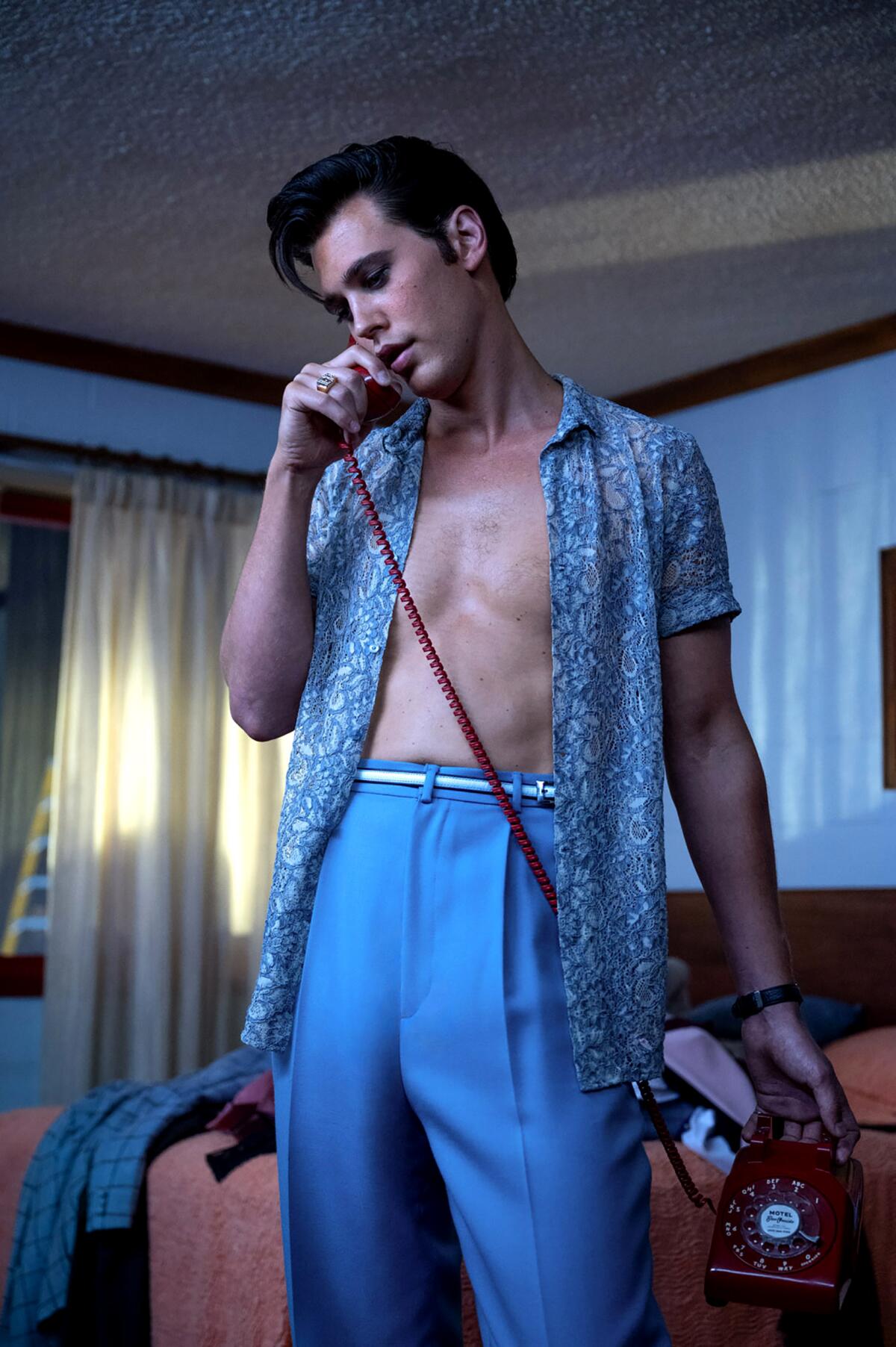
‘Elvis’
Matt Villa and Jonathan Redmond, editors
The set-up: Elvis Presley is on his way to becoming the King of Rock ‘n’ Roll, going on a seemingly endless music tour while being shepherded by the avaricious Col. Tom Parker.
Missing moment: Fielding a call from his wife, Priscilla, Elvis is revealed to be in bed with a groupie. But he grows paranoid and brings out his gun, which causes the groupie to want to leave. He begs her to stay and tells a story about a bluebird that is eternally in flight. When she leaves, he cries.
Why cut it? Known as “the Bluebird Scene” to its editors, certain shots were retained and sprinkled elsewhere in the film, but the seven-minute sequence as a whole was largely cut out. “It’s an emotional moment where Elvis, one of the most famous people in the world, begs this girl to stay,” Redmond says. “He tells her a story about a bluebird that spends its life on the wing, and if he lands he dies. It was a wonderful performance from Austin [Butler], but ultimately stopping the film for seven minutes — it belongs in a different version of this movie. We had to slice and dice it. In the end, we used the bluebird story toward the end of the movie, right before you see headlines that Elvis has died.”
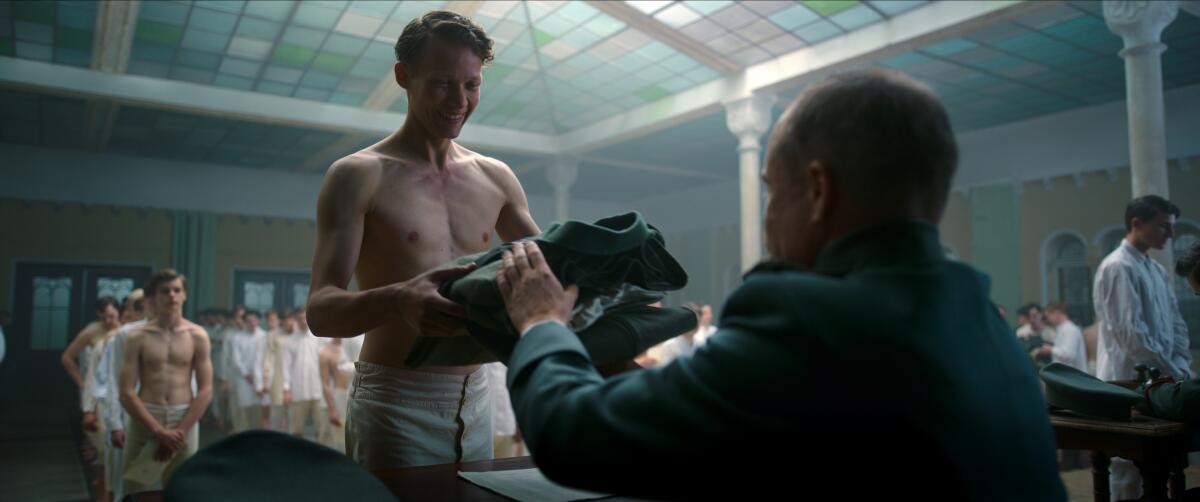
‘All Quiet on the Western Front’
Edward Berger, director
The set-up: As World War I begins, young German soldiers are handed their uniforms and will be sent to the battlefield with dreams of glory in their heads.
Missing moment: In a brief scene, the boy-soldiers march through their German town after getting their uniforms, and sing “Tomorrow We March.”
Why cut it? “We didn’t cut much,” Berger says. “We had a very tight budget and had to be diligent with money, so we tried to cut scenes in the script and not later. But of course it never works out that way. This was an expensive scene to shoot. We had to lock the city of Prague, bring in cars, take out the modern stuff and have 100 kids in uniforms. They sing the song as they leave the town, about how happy they are to go to war; hopefully, next year they come back to get married. But we already had the montage of the uniform, and it took nine minutes before we meet the film’s hero. Anything added felt like extra baggage. They still sing the song in the movie — it’s just much shorter now.”
More to Read
From the Oscars to the Emmys.
Get the Envelope newsletter for exclusive awards season coverage, behind-the-scenes stories from the Envelope podcast and columnist Glenn Whipp’s must-read analysis.
You may occasionally receive promotional content from the Los Angeles Times.
